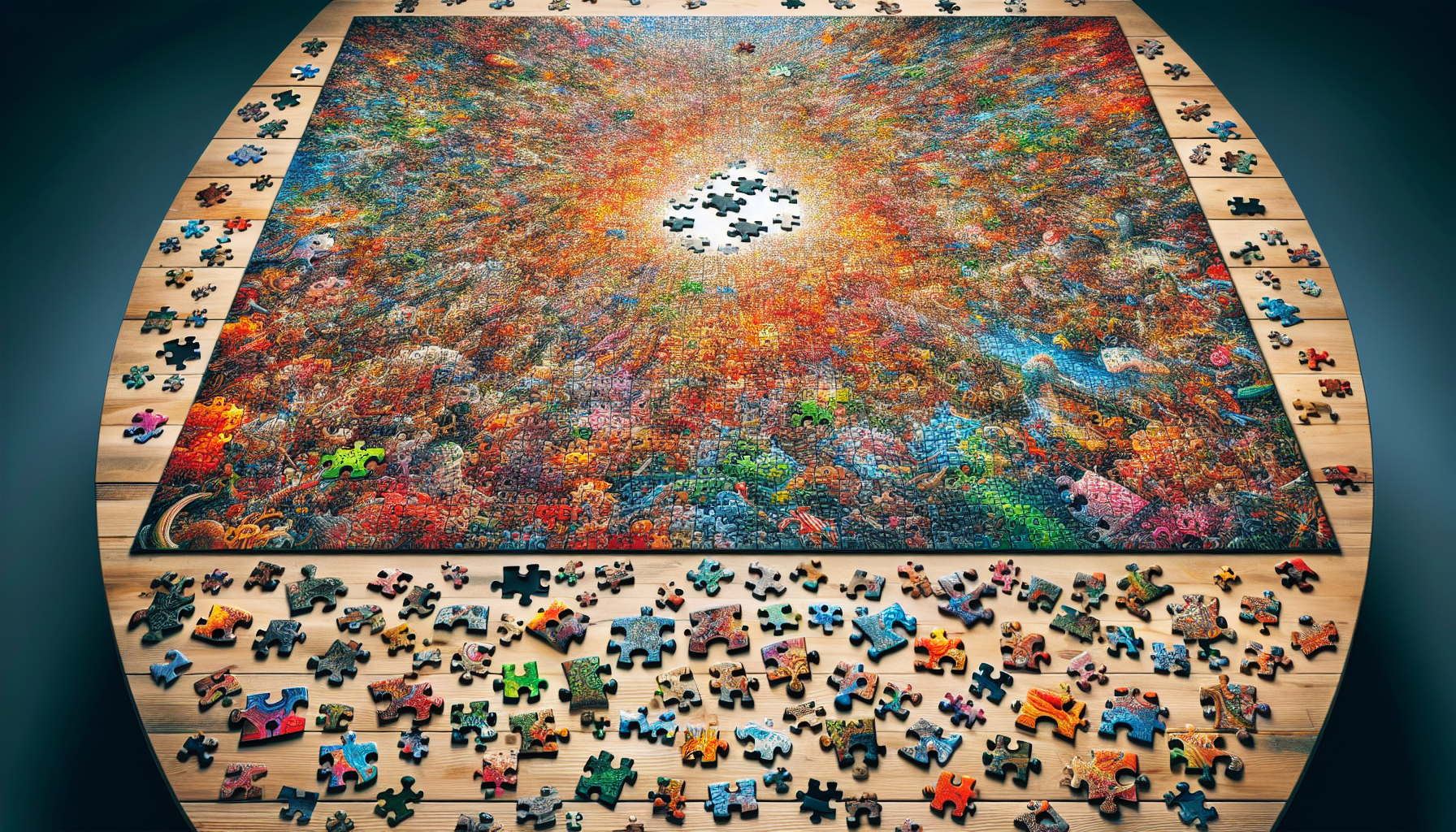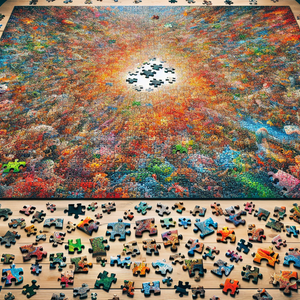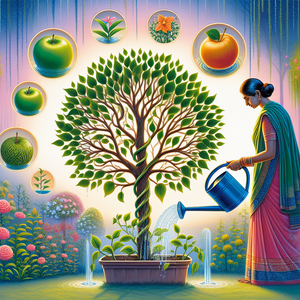From Code to Creativity: Unconventional Machine Learning Applications

One of the most captivating uses of machine learning is in the realm of art. Artists and technologists alike are experimenting with algorithms to create stunning visual pieces that challenge our understanding of creativity. A notable example is the use of Generative Adversarial Networks (GANs), which can produce realistic images based on training data. Artists like Refik Anadol have used GANs to create immersive installations that blend data with artistic expression, transforming how we perceive both art and technology. Anadol’s work, such as "Archive Dreaming," employs vast datasets to generate visualizations that transcend traditional boundaries, prompting viewers to contemplate the relationship between humanity, technology, and the data we generate. These projects not only question the role of the artist but also highlight the potential for collaboration between human creativity and machine intelligence, suggesting that the future of art may lie in a partnership between the two.
Composition and Music Creation
Machine learning is also making waves in the music industry, where algorithms are being trained to compose original pieces. Platforms like OpenAI’s MuseNet can generate music across various genres, incorporating styles from classical to contemporary pop. The system is capable of understanding complex musical structures and can blend different styles seamlessly, leading to innovative compositions that may not have emerged through traditional means. Moreover, Amper Music allows users to create custom soundtracks by simply inputting parameters like mood and genre. This democratization of music creation provides an avenue for individuals without formal training to experiment and express themselves musically. By integrating ML into their creative workflows, artists can focus on refining their vision while the technology handles the intricacies of composition, resulting in a harmonious blend of art and artificial intelligence.
Environmental Conservation Efforts
Beyond the arts, machine learning applications are proving instrumental in environmental conservation. ML algorithms are being utilized to analyze large datasets from satellite images, enabling researchers to monitor deforestation, track wildlife populations, and predict natural disasters. For instance, the Wildlife Conservation Society employs machine learning to analyze camera trap data, allowing them to identify species and understand their behaviors without intrusive methods. These algorithms not only enhance the accuracy of data analysis but also significantly reduce the time required for researchers to gather insights. By leveraging machine learning, conservationists can make informed decisions that have a real impact on preserving biodiversity and protecting our planet. Such applications showcase how software engineers can apply their skills to tackle pressing global challenges, blending technical knowledge with a sense of social responsibility.
Game Development and Interactive Experiences
The gaming industry is another arena where machine learning is fostering creativity. Developers are integrating ML to create more immersive and adaptive gameplay experiences. For example, AI Dungeon leverages natural language processing to generate interactive storytelling experiences that adapt to player choices in real-time. This innovation not only enhances player engagement but also illustrates the potential for AI to craft narratives that respond dynamically to human input. Additionally, ML algorithms can analyze player behavior to tailor challenges and quests, creating a personalized gaming experience that evolves as the player progresses. By exploring these innovative intersections, software engineers can redefine user experiences and push the boundaries of gaming, crafting environments that feel alive and responsive to the player’s actions.
The applications of machine learning extend far beyond the confines of traditional data-centric roles. As this technology continues to evolve, it opens up a treasure trove of creative opportunities for software engineers willing to venture into uncharted territory. By embracing unconventional uses of machine learning in art, music, environmental conservation, and gaming, engineers not only enhance their skill sets but also contribute to a broader dialogue about the role of technology in society. The intersection of code and creativity invites a future where machine learning can inspire, innovate, and enrich our world in extraordinary ways. As we continue to explore these possibilities, it’s clear that the only limit is our imagination. For software engineers looking to expand their horizons, the realm of machine learning offers a unique opportunity to blend technical expertise with creative exploration, promising a future where technology and artistry coexist harmoniously.
Machine Learning Artist
Art institutions, technology companies focusing on creative applications, independent art collectives
Core Responsibilities
Collaborate with artists to design and implement machine learning algorithms that generate visual art or interactive installations.
Experiment with Generative Adversarial Networks (GANs) to create unique visual experiences that challenge conventional artistic norms.
Present and exhibit works that merge data with artistic expression, engaging audiences in the conversation about technology and creativity.
Required Skills
Proficiency in Python and libraries such as TensorFlow or PyTorch for developing machine learning models.
Strong understanding of art concepts and the ability to collaborate effectively with creative professionals.
Familiarity with data visualization tools and techniques.
Music Data Scientist
Music technology companies, streaming services, research institutions focused on music and AI
Core Responsibilities
Develop algorithms that analyze and synthesize music compositions across genres, enhancing platforms for music creation.
Collaborate with musicians to create tools that facilitate the composition process using machine learning.
Research and implement natural language processing techniques to analyze lyrics and improve music recommendation systems.
Required Skills
Expertise in machine learning frameworks with a focus on audio processing (e.g., librosa, Essentia).
Strong background in music theory and familiarity with various musical genres and structures.
Experience with data analysis and visualization tools to interpret music trends.
Environmental Data Analyst
Environmental NGOs, government agencies, research institutions focused on sustainability
Core Responsibilities
Utilize machine learning techniques to analyze satellite imagery and large environmental datasets for conservation efforts.
Develop predictive models to assess the impact of human activities on wildlife populations and ecosystems.
Collaborate with conservationists to derive actionable insights from data, aiding in policy-making and environmental protection strategies.
Required Skills
Proficiency in data analysis tools such as Python, R, or GIS software.
Understanding of ecological concepts and experience with remote sensing data.
Strong analytical skills and the ability to communicate findings to diverse stakeholders.
AI Game Designer
Video game studios, interactive media companies, startups focused on gaming technology
Core Responsibilities
Design and implement AI systems that enhance player interactions and create dynamic gameplay experiences.
Develop algorithms that analyze player behavior to personalize gaming experiences and adapt challenges in real time.
Collaborate with narrative designers to integrate AI-driven storytelling elements into games.
Required Skills
Experience in game development engines (e.g., Unity, Unreal Engine) and programming languages such as C# or C++.
Familiarity with machine learning techniques relevant to game design, including decision trees and reinforcement learning.
Strong understanding of player psychology and engagement strategies.
Creative Technologist
Creative agencies, tech companies focused on innovation, cultural institutions exploring digital art
Core Responsibilities
Explore and implement innovative uses of technology, including machine learning, to create interactive and immersive experiences across various mediums.
Work closely with artists, musicians, and designers to conceptualize and execute projects that blend creativity and technology.
Stay updated on emerging technologies and trends to continuously push creative boundaries within projects.
Required Skills
Strong programming skills in languages such as Python, JavaScript, or C++ along with experience in creative coding platforms.
Knowledge of user experience (UX) design principles and interactive media.
Ability to work collaboratively in multidisciplinary teams and communicate technical concepts to non-technical stakeholders.


